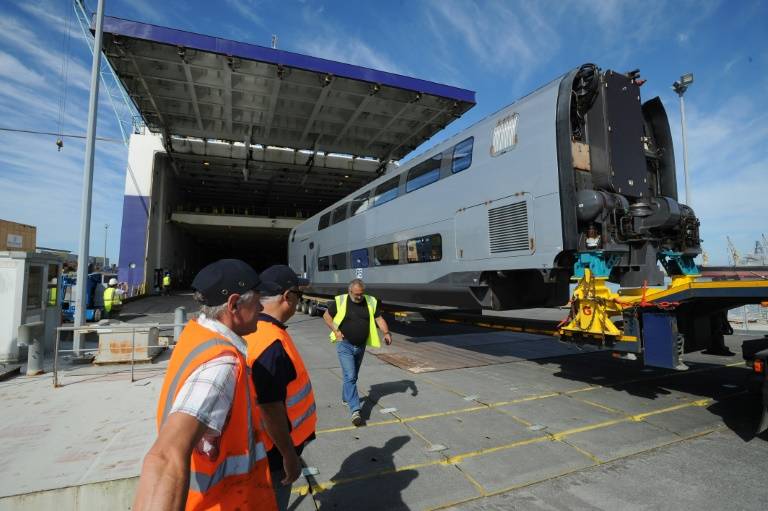The future Moroccan TGV, Africa’s first high-speed line, will enter service at the end of 2018.
The project entered the pre-operational and running-in phase on June 19, so that it could be tested under actual operating conditions.
 On 4 May, the test train driven by a Moroccan railwayman reached a speed of 357 km/h between Tangier (north) and Kenitra (west), setting the speed record on railway lines within the African continent.
On 4 May, the test train driven by a Moroccan railwayman reached a speed of 357 km/h between Tangier (north) and Kenitra (west), setting the speed record on railway lines within the African continent.
Originally scheduled for late 2015, delivery was delayed due to lengthy expropriation procedures and the complexity of the project, according to the project promoters.
The total cost represents 22.9 billion dirhams (about two billion euros), about 15% more than the initial estimates in 2007.
The high-speed line will connect the economic capital Casablanca and the maritime pole of Tangier via the administrative capital Rabat in a little over two hours (against almost five hours currently).
Moroccan railways expect six million passengers after three years of operation.
At its launch, the project had given rise to protests, in particular from a collective « Stop TGV », which considered it « non-priority » and « unprofitable ».